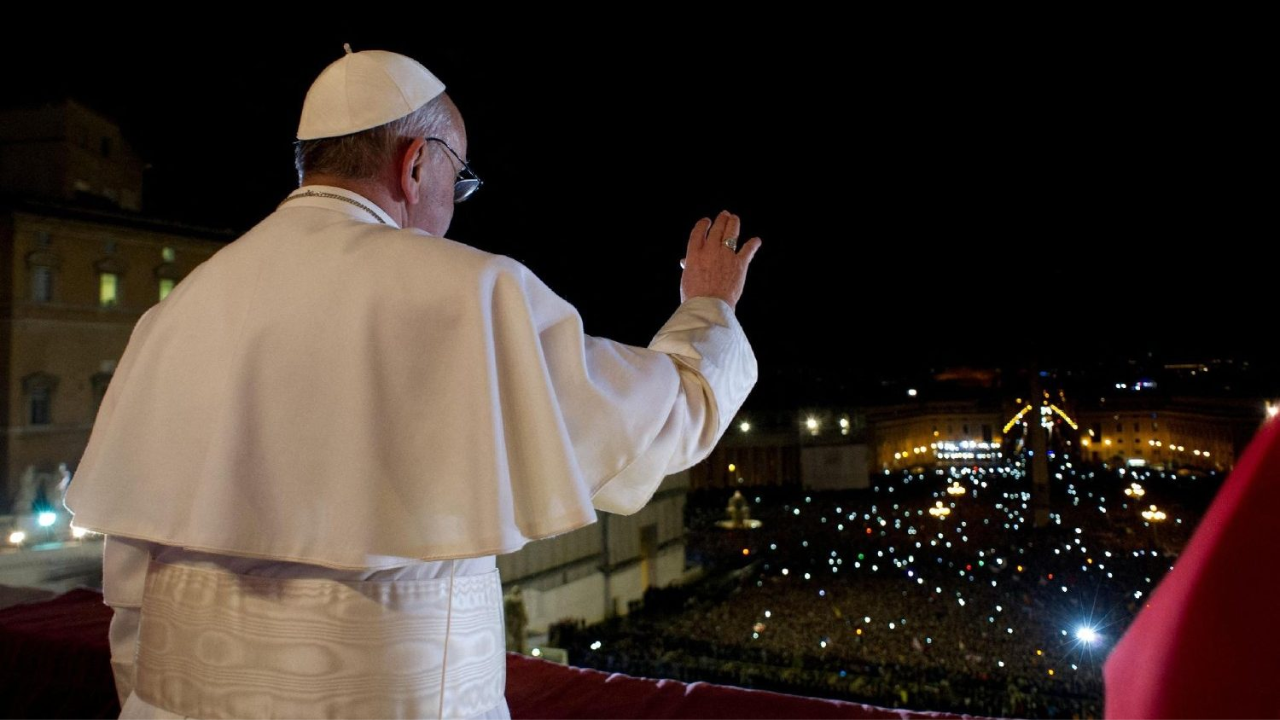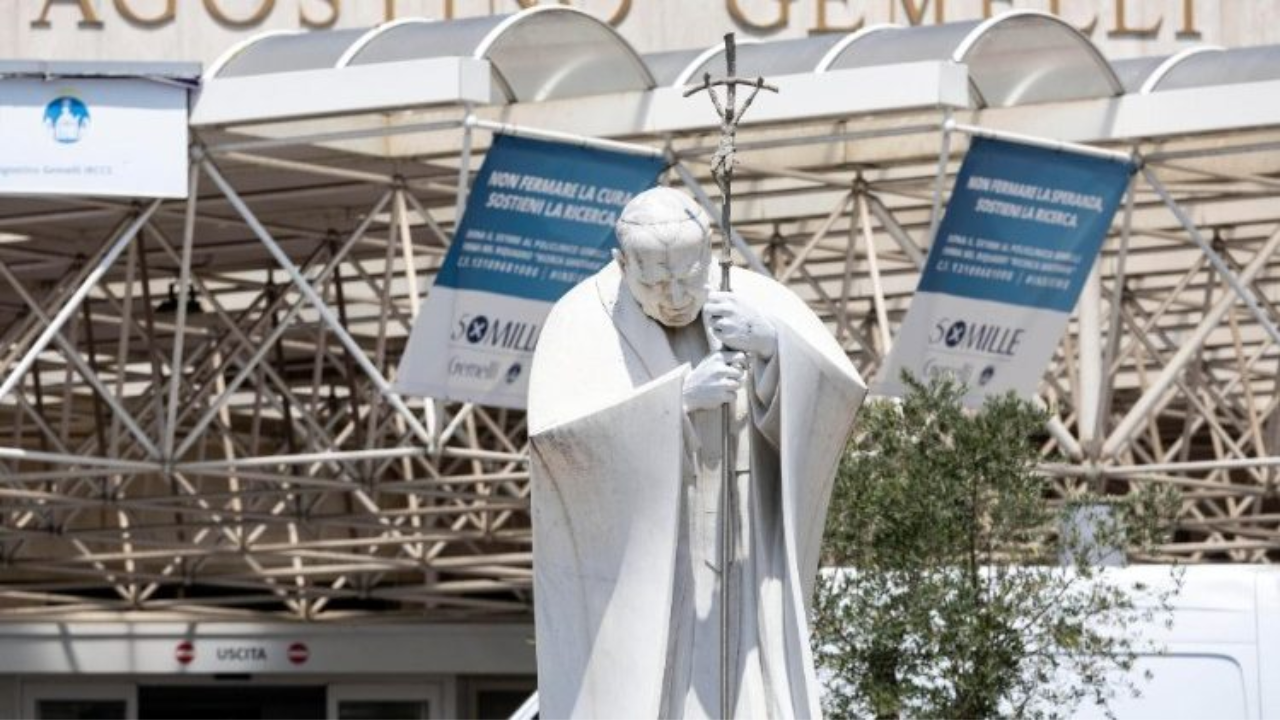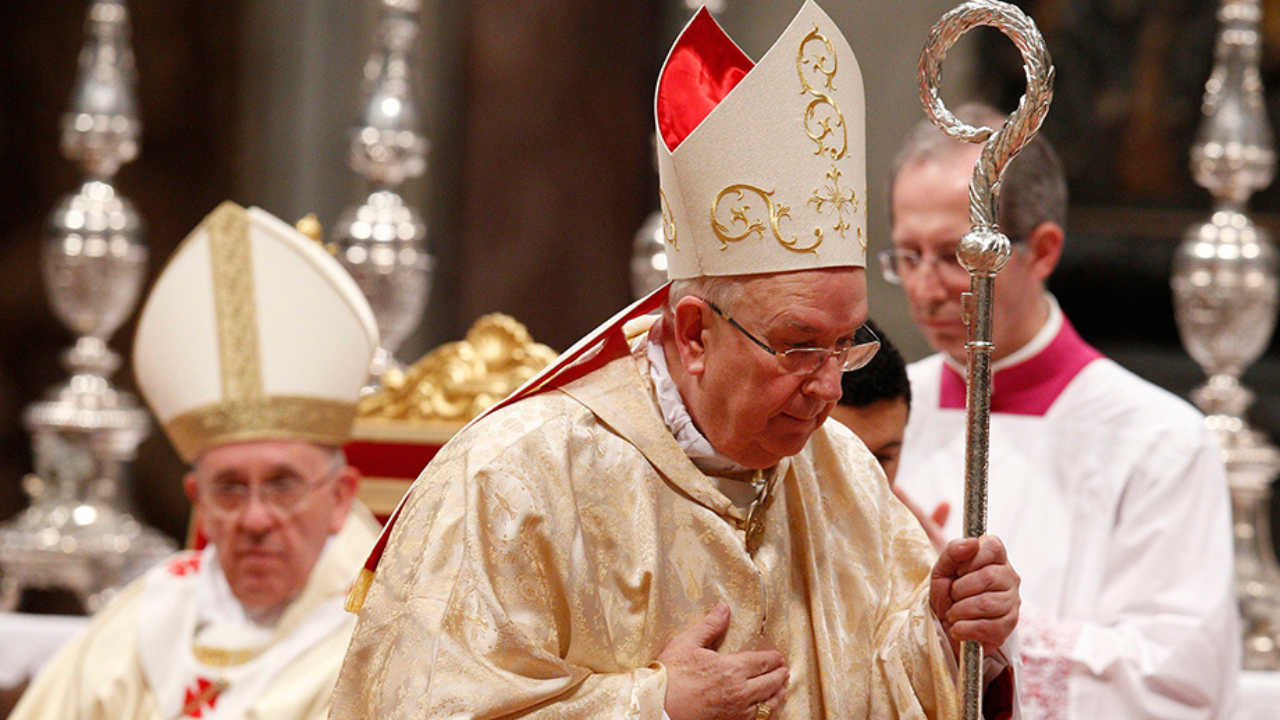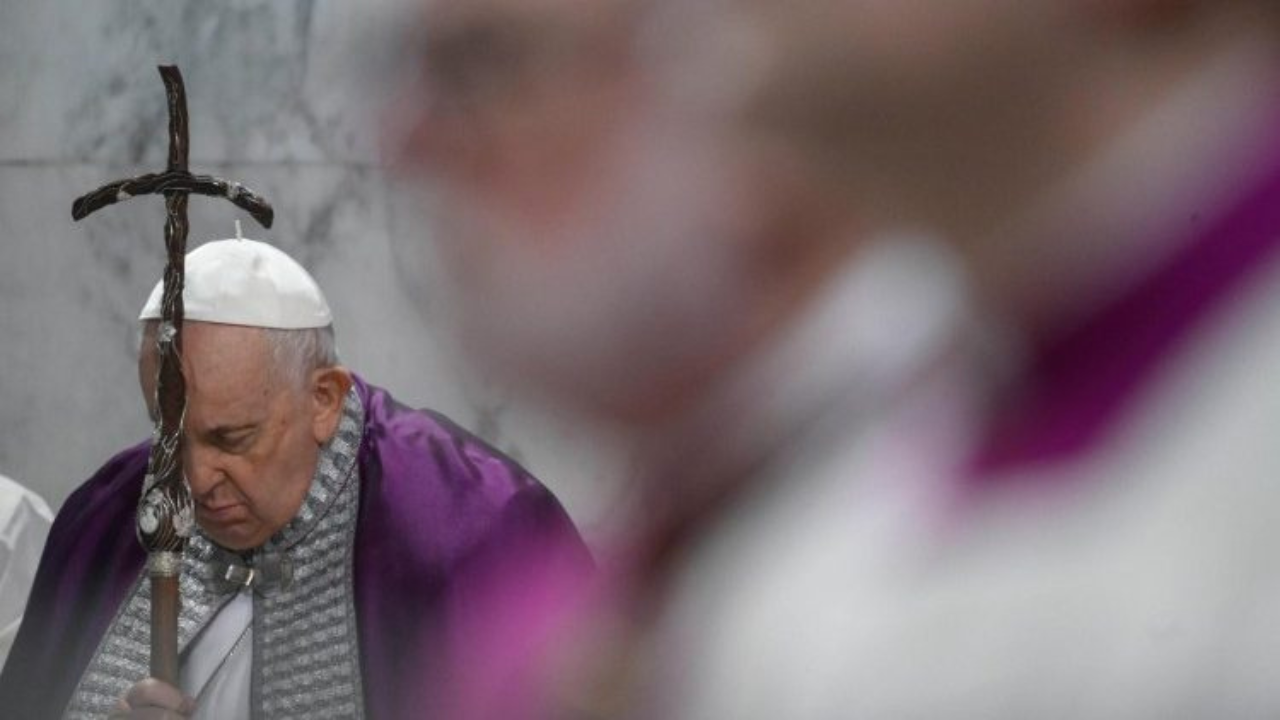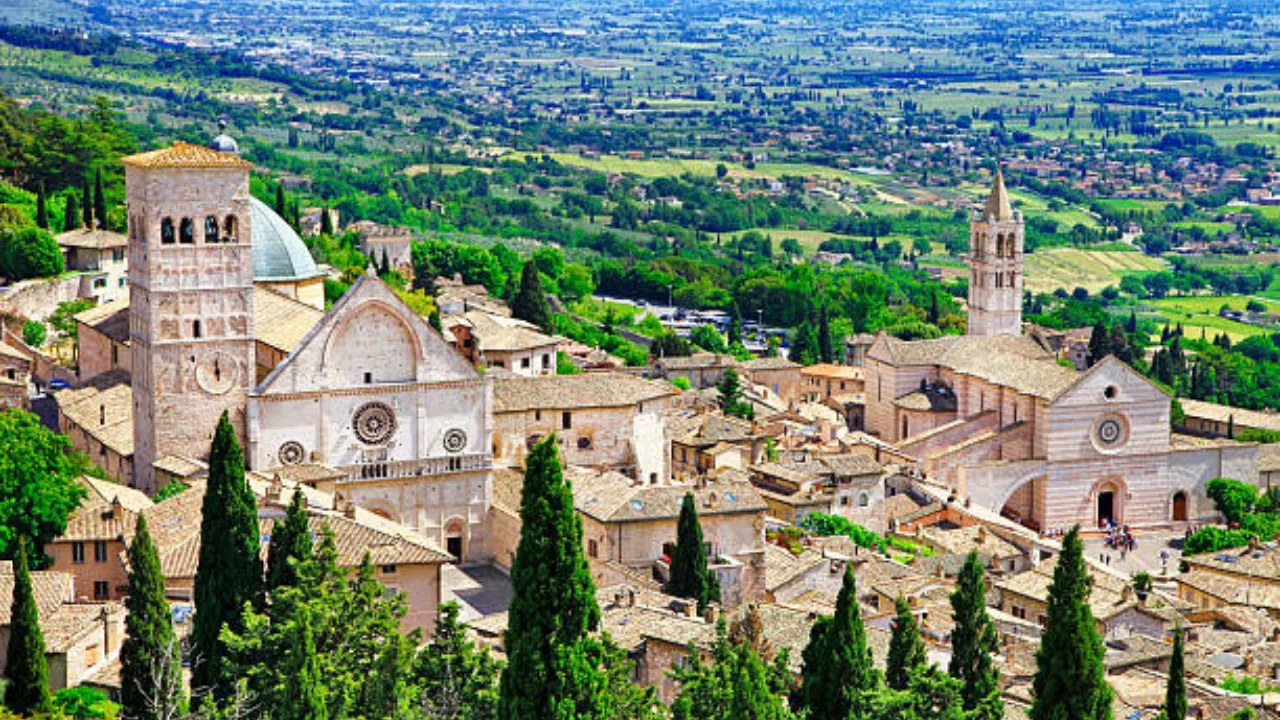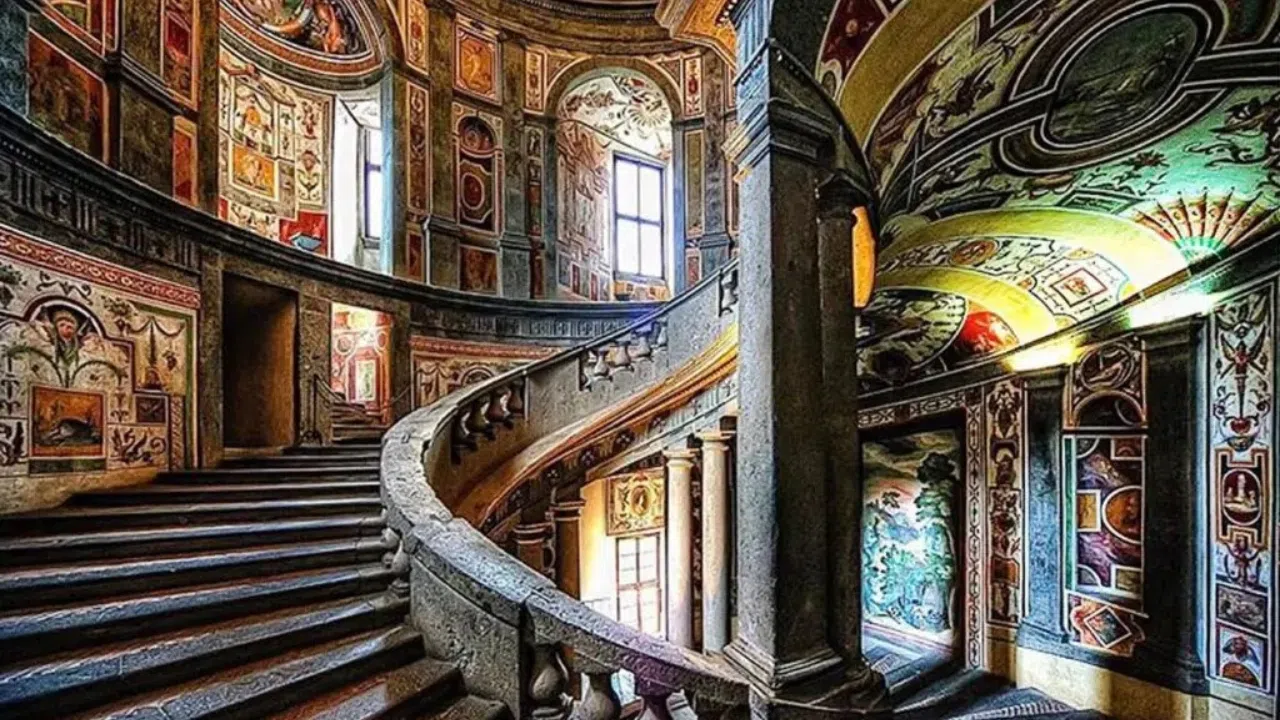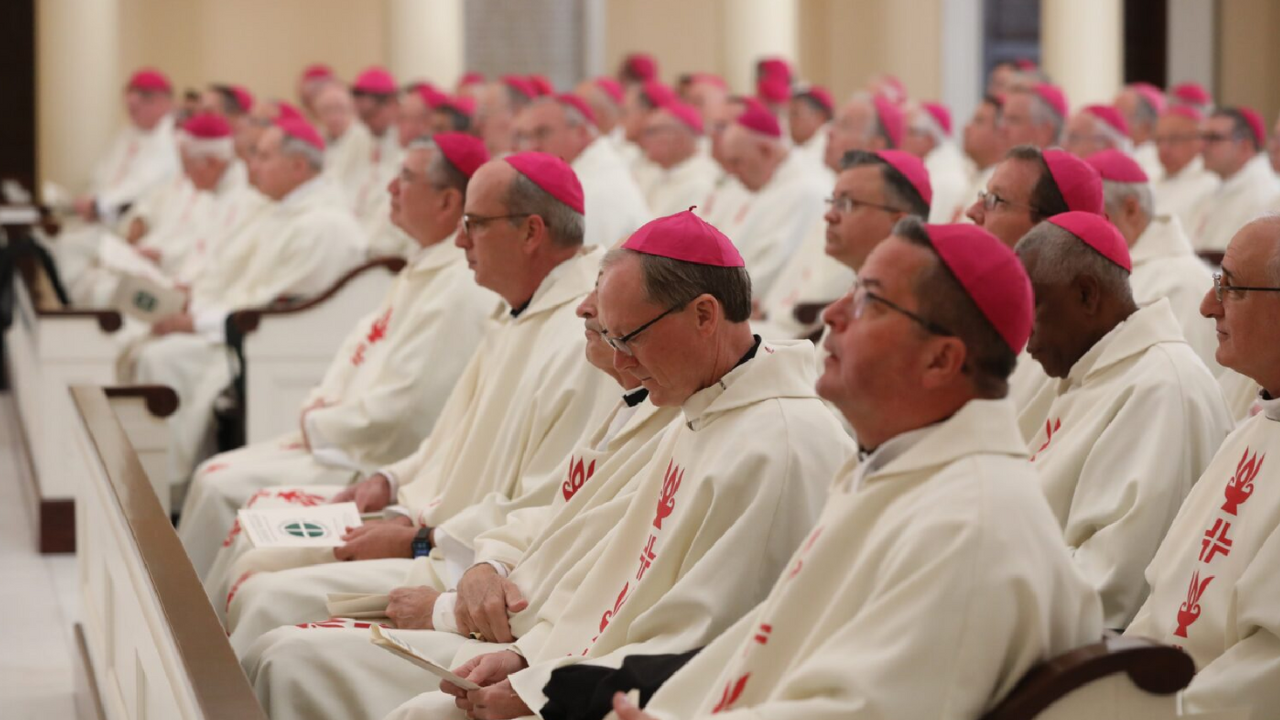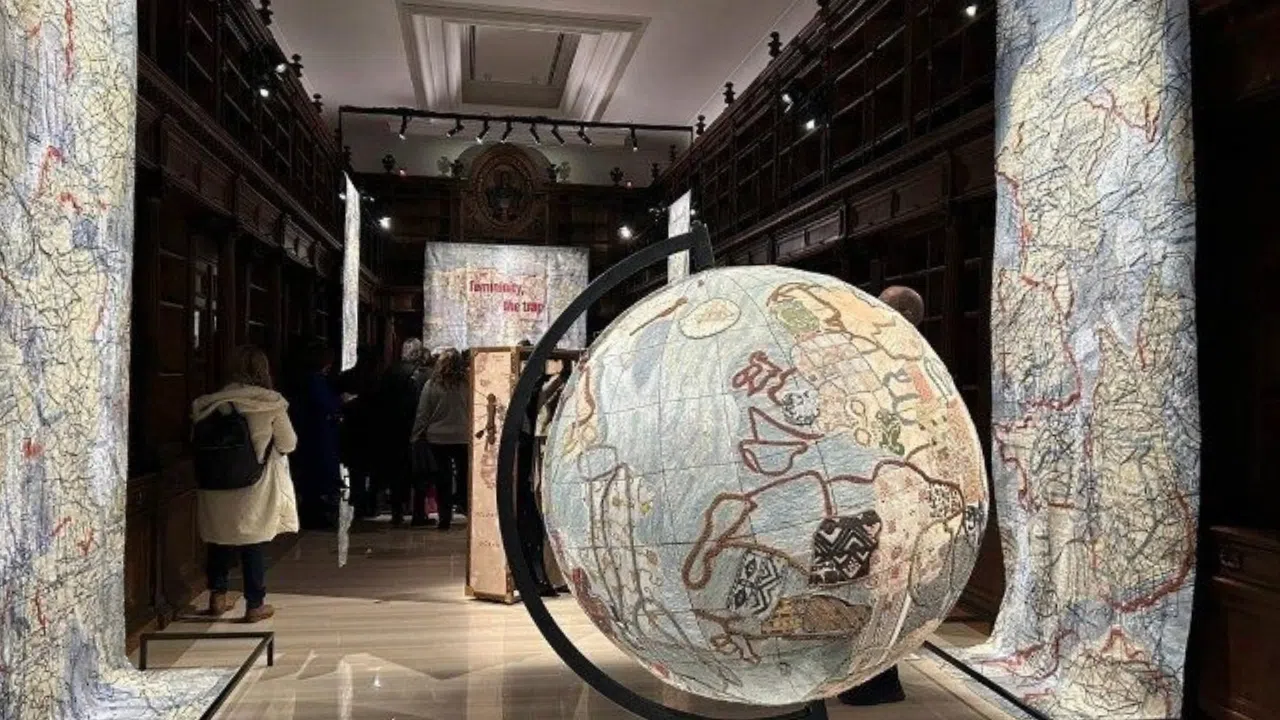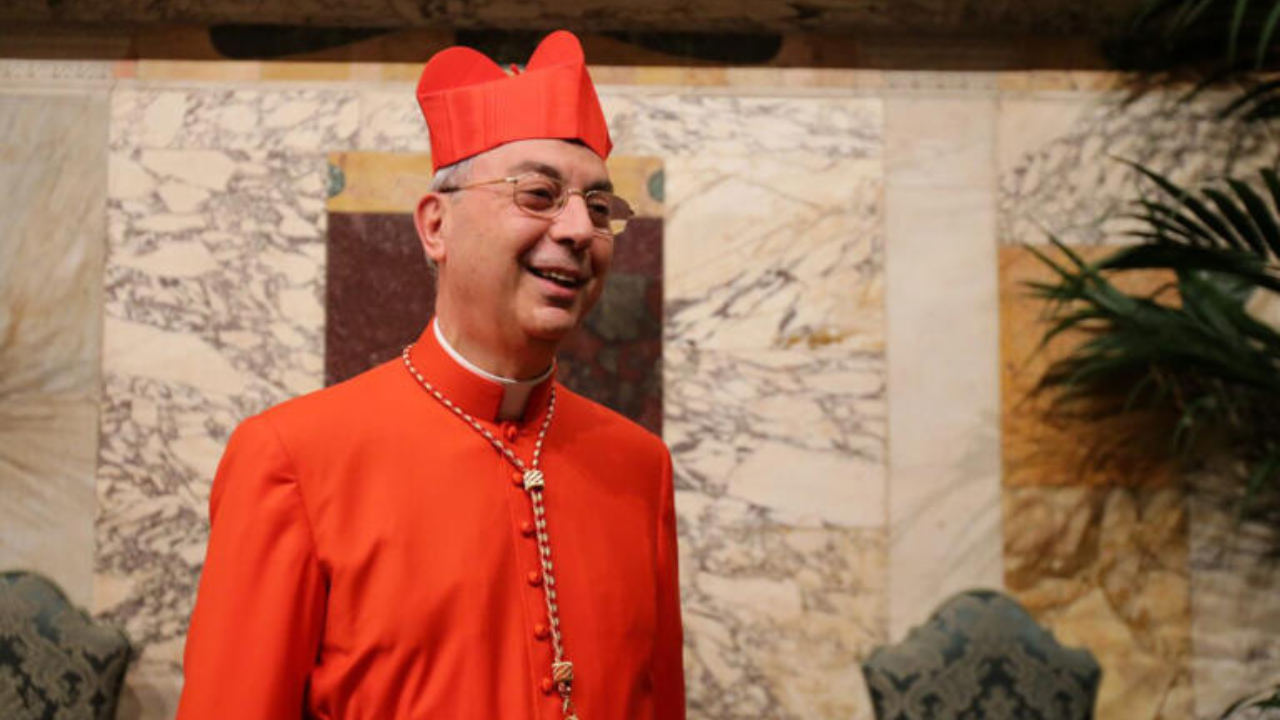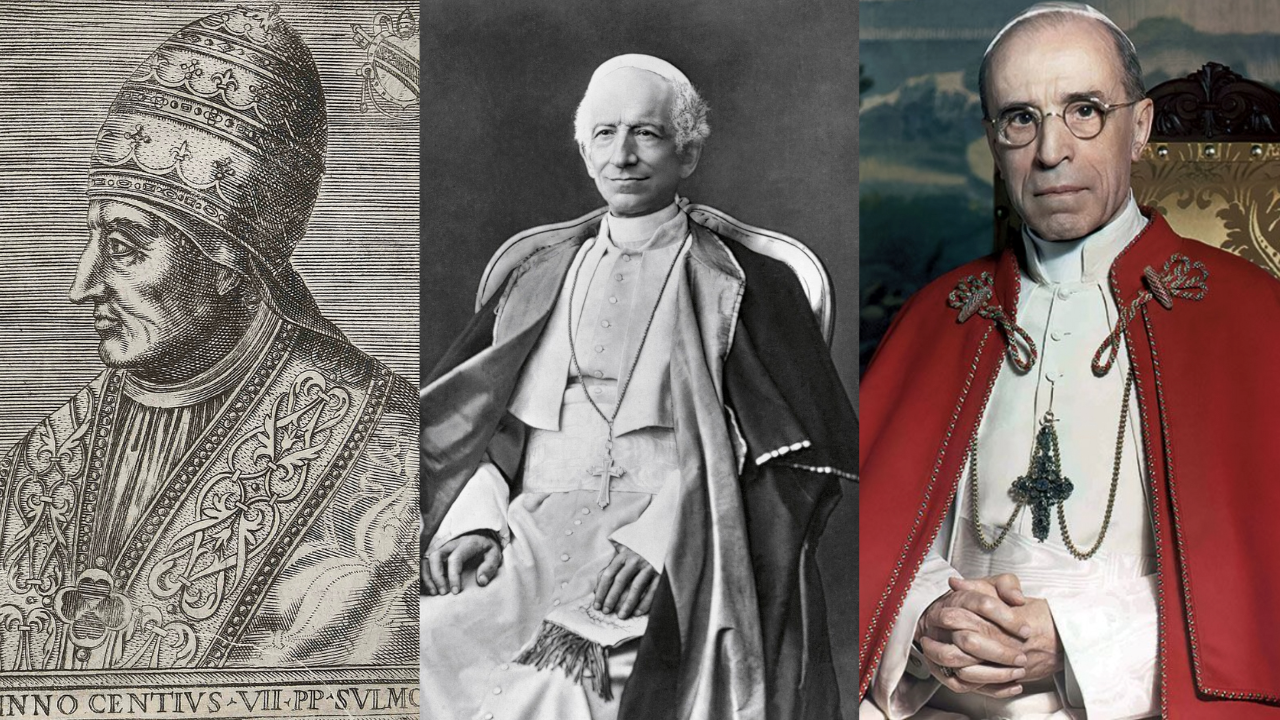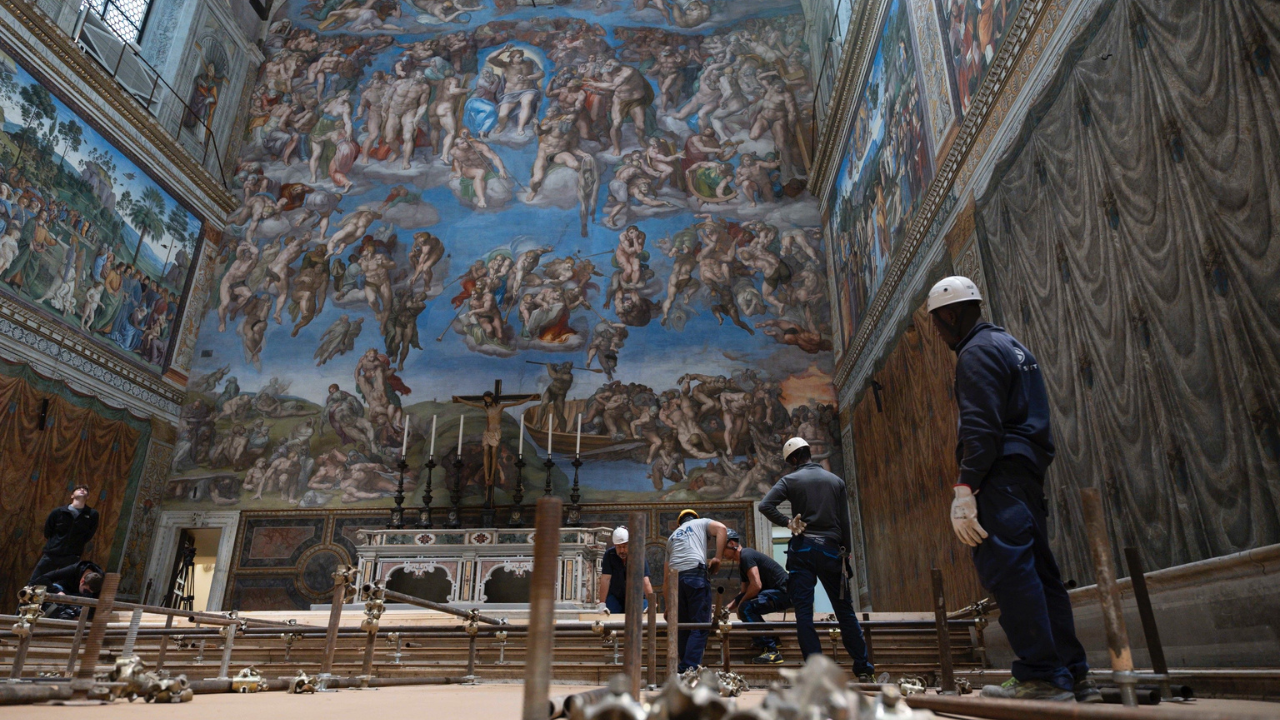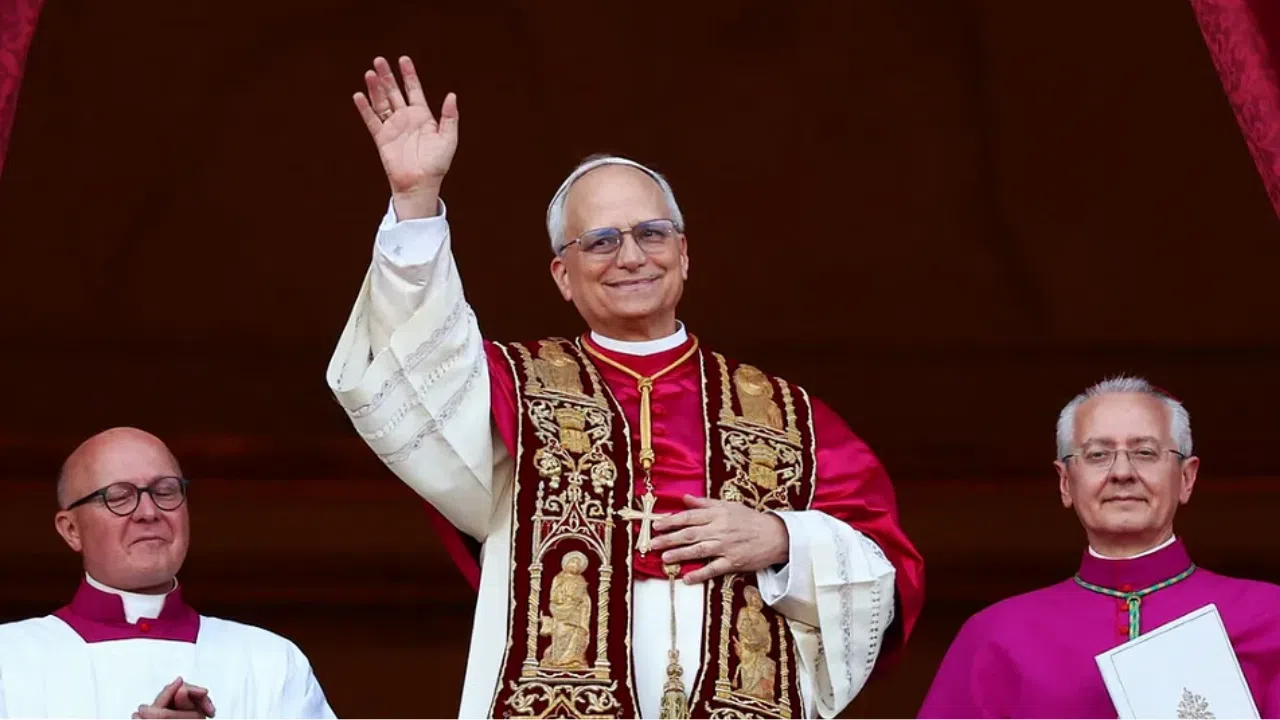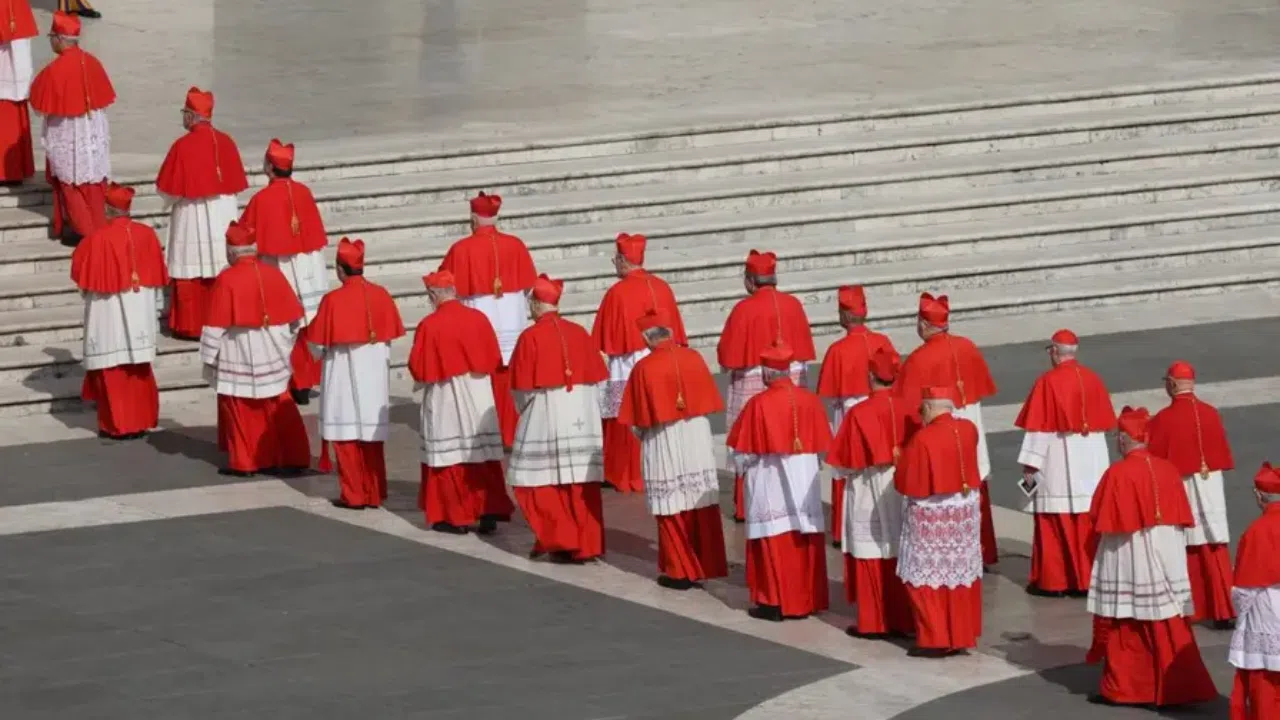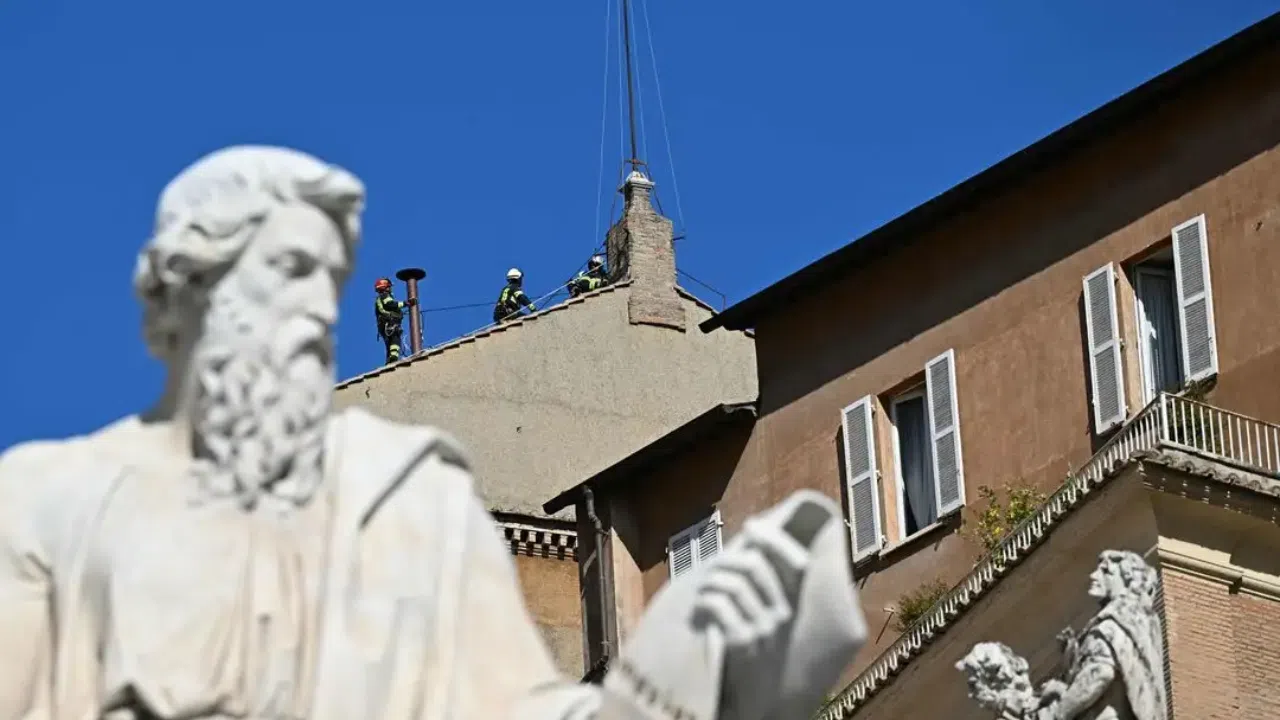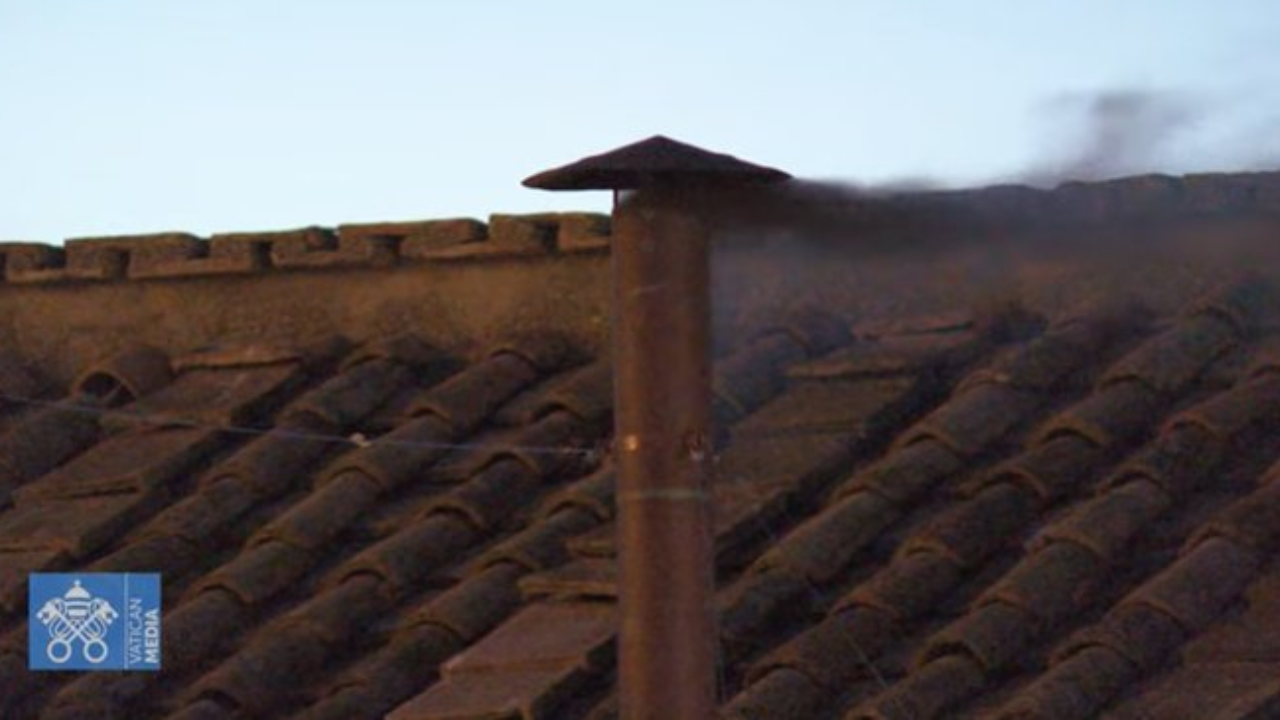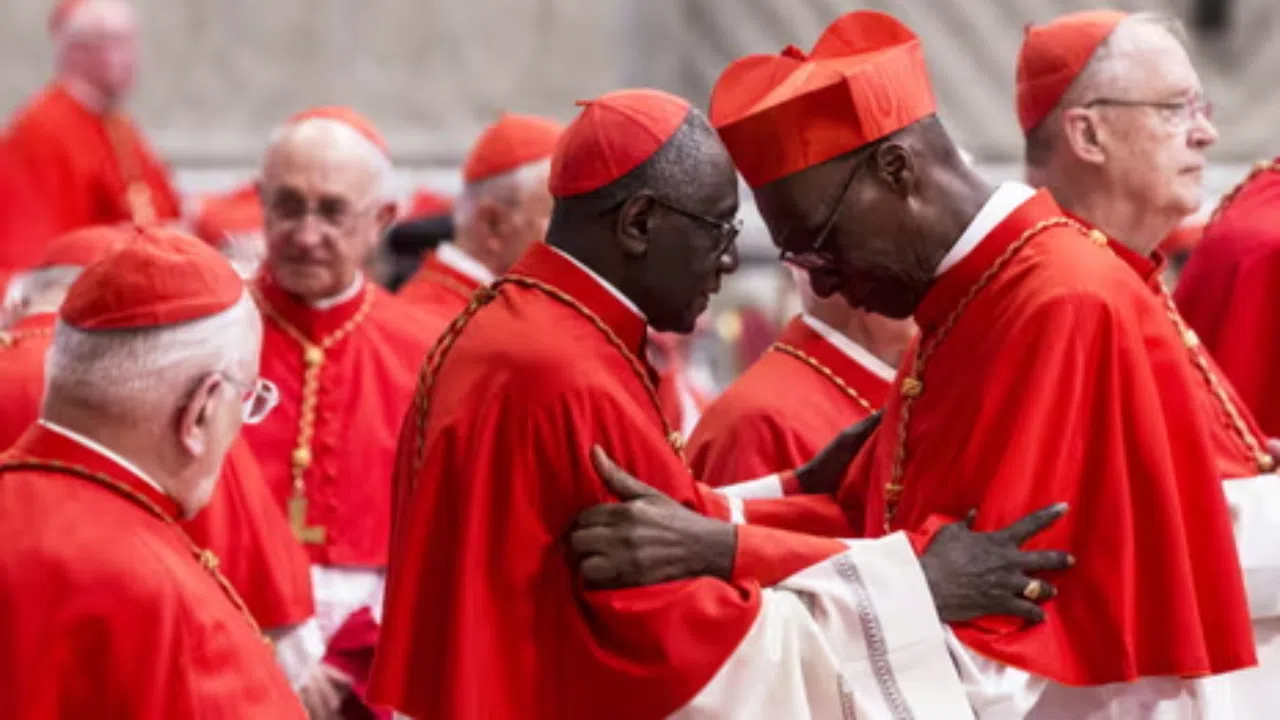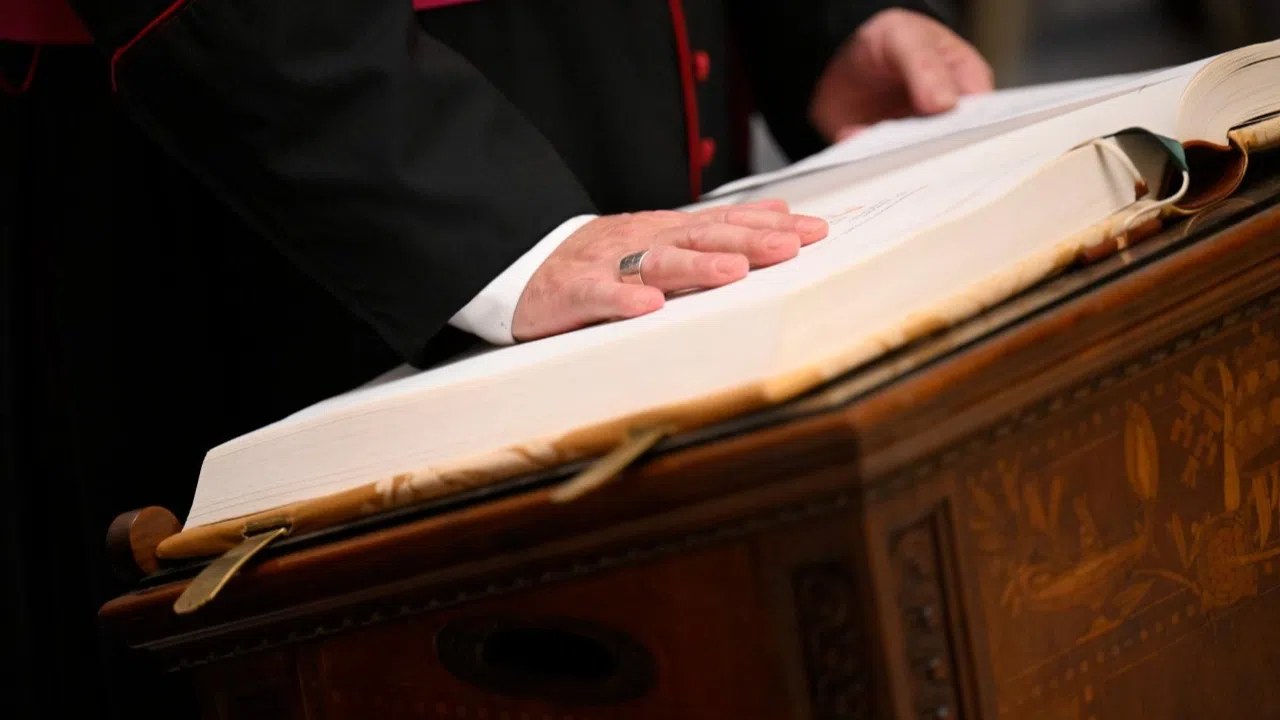The Vatican Museums has just restored this vault and opened it to the public. It features the work of Pinturicchio.
It is a part of the Borgia Apartment in the Room of Liberal Arts. Each of the arts in this room is represented by a woman. Rhetoric, for example, is seated on a throne and is the only one that Pinturicchio signed.
It was commissioned by Pope Alexander VI, who asked the artist to embellish the room that he most likely used as an office.
MARCO PRATELLI
Restorer
But all these rooms also functioned as a study or private library of the Pope. So much so that when Pope Alexander VI died, for a time the body was exposed in this room and then transferred to the basilica.
The curator of the exhibition said that during the restoration, they discovered an important technique used by the artist. Pinturicchio did not use the traditional fresco method in his work, but instead incorporated the so-called "a secco" technique, which gave it a different texture and pigmentation, but most importantly, allowed the work to dry faster.
FABRIZIO BIFERALI
Curator, 15th & 16th Century Art
It is a technique that only Pinturicchio actually used during these years, who had a great frescos teacher like Perugino, who he worked with in the Sistine Chapel. However, as a matter of speed, in order to finish the site quickly, he used this technique that is fast and, at the same time, very refined, because the effect he gets is almost that of an easel painting.
Pinuricchio was a famous artist during his lifetime, so much that he worked for some of the most powerful figures in Rome. His work is also in the "Hall of the Demigods" in the Palazzo della Rovere, a few feet away from the Vatican.
PA
TR: AT



